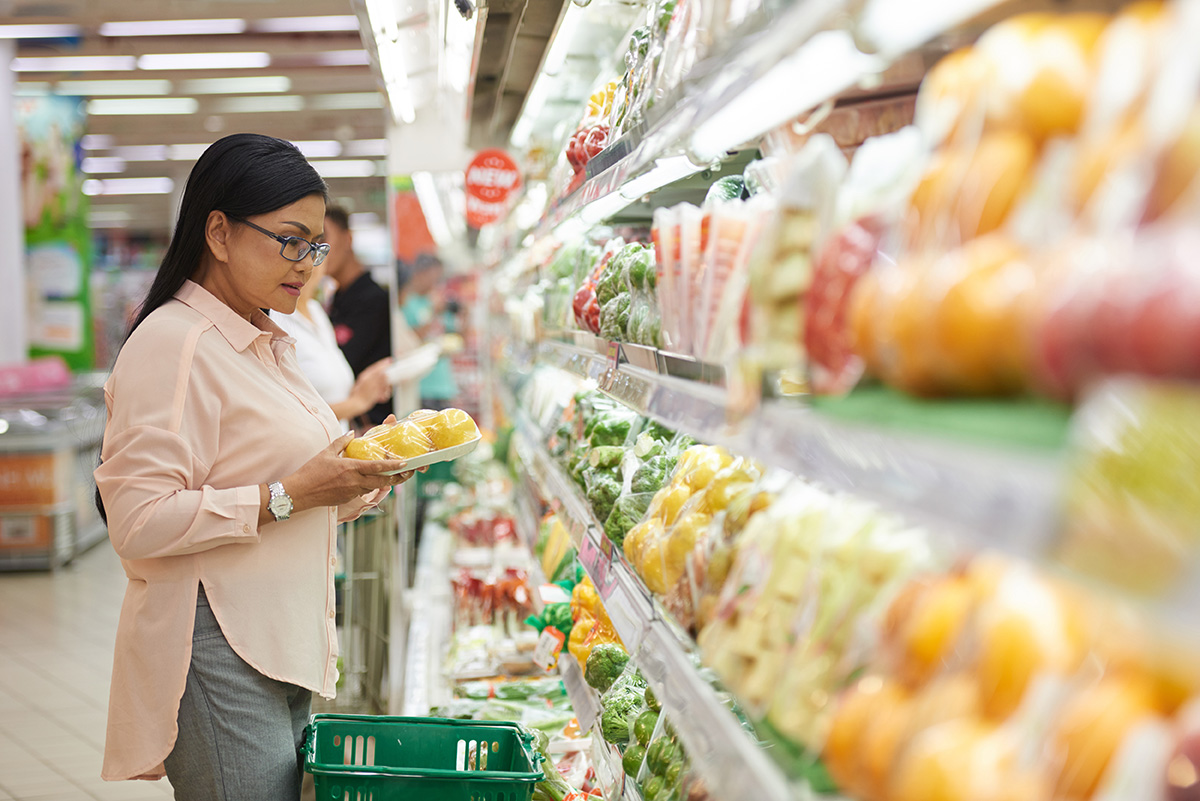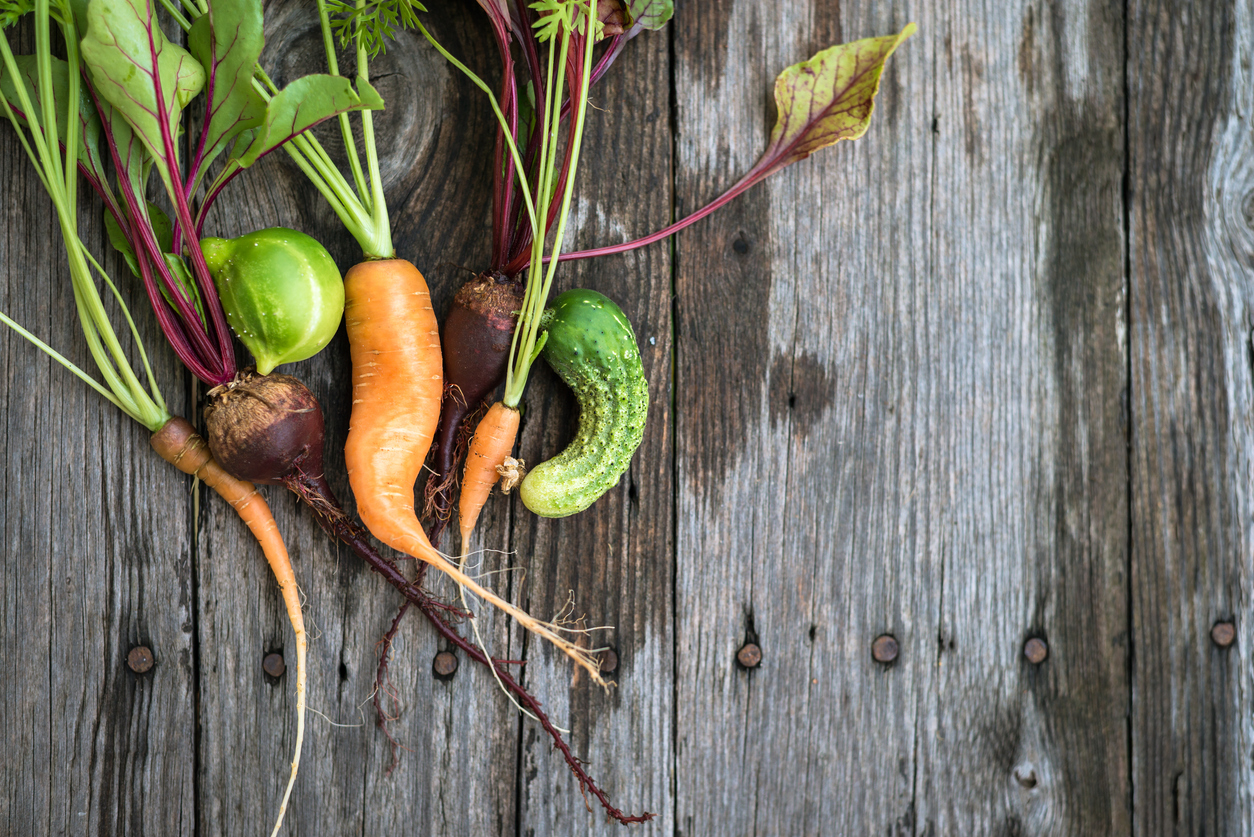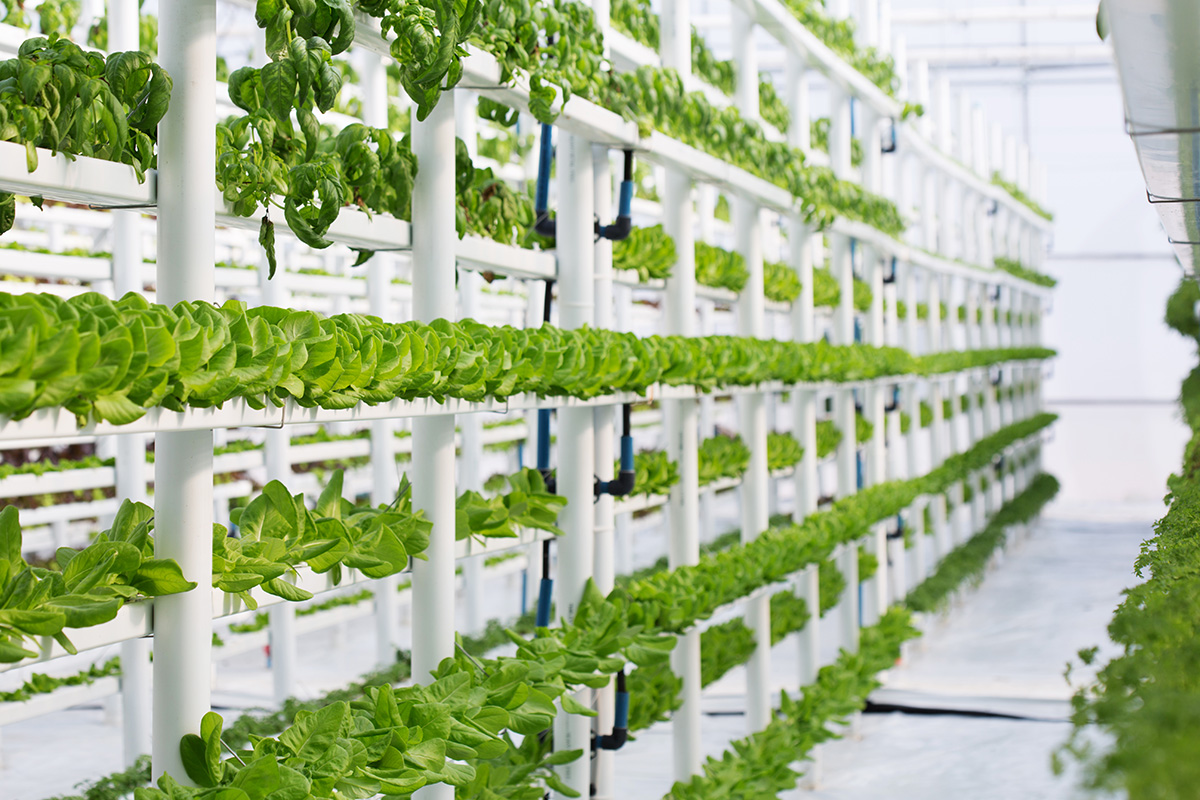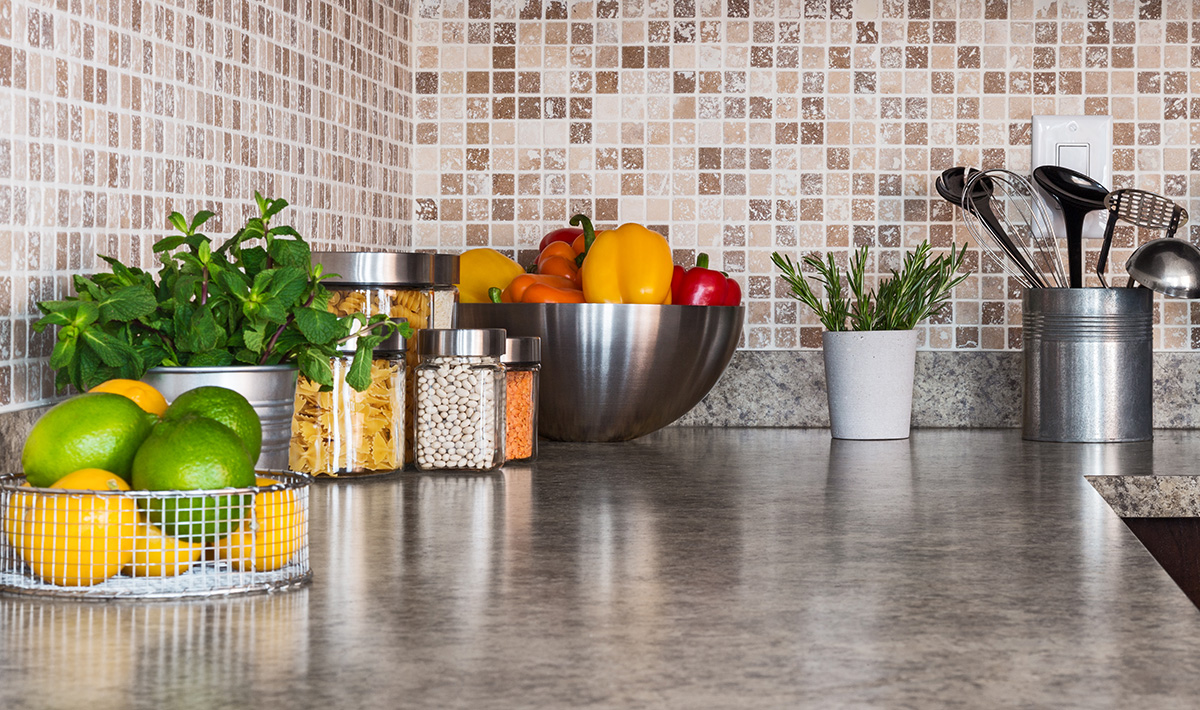With so many options when it comes to grocery shopping in Singapore, supermarkets remain well-loved for the variety of fresh produce, attractive displays and comfortable shopping environment. Most importantly, supermarkets offer great prices thanks to economies of scale, allowing customers to save money while shopping for their daily essentials.

In this article:
- Do not dig for corn
- Feel and touch
- Talk to the staff
- Choose undamaged skin but don't dismiss imperfection
- Puffy lettuce? Pass!
- Know which goods are grown locally
- Choose seasonal fruits and vegetables
- Not all food is meant for the fridge
- Use your sense of smell
However, are you getting the most out of your supermarket trips? Other than enjoying the savings, are you also getting the best value in terms of the quality of the food you buy? You don't need to be a top chef to know how to choose the freshest food in the supermarket. Just read this guide for easy tips and tricks to finding the freshest supermarket food!
1. Do not dig for corn

When corn is stockpiled in supermarkets, choose from the selections on top. Corn loses its sweetness the warmer it gets, and ears sitting at the bottom of the pile would absorb heat generated by those on the top. To ensure you get the sweetest possible corn, do not rummage through the pile and opt for the ones on top instead.
In addition, digging for fruits or vegetables and leaving a mess behind is inconsiderate behaviour. Handle the products gently to ensure a pleasant shopping experience for everyone.
2. Feel and touch
One of the benefits of shopping in-store is being able to feel and touch the produce. Take the time to examine the fresh produce and check for ripeness and potential bruises before adding them to your basket. Looking to make a delicious avocado milkshake for your family? Select avocados that are dark brown and slightly soft. This means that they are ripe and creamy. If you're picking potatoes for your signature curry, choose firm potatoes that do not have wrinkled skin or sprouting eyes.
3. Talk to the staff

The store attendants have invaluable insights into the delivery and handling of the produce. Make time to talk to them, know their names, especially if you have plans of shopping regularly at the particular store. They can provide you with insiders' secrets into which goods have freshly arrived and when the store replenishes its supplies. You'll be surprised by the number of tips they can provide you with!
4. Choose undamaged skin but don't dismiss imperfection
When you go to a grocery store, you always find customers closely studying apples, for instance, to spot any marks or wounds. While you may think that they are picky, science actually reminds you to do this often. The skin of the apple serves as a wall against contamination. When you see a wound or gash on the skin, it might mean that pathogens have crawled into the interior.
Having said that, do not chuck aside fruits and vegetables that do not match the "standard" shape. An oddly shaped carrot contains just as many nutrients as a perfectly shaped one but is often left behind by customers and eventually go to waste. If oddly shaped vegetables go on sale, stretch your dollar and grab a bunch of them to make a delicious vegetable soup.
5. Puffy lettuce? Pass!

Puffy and green lettuce looks appetising compared to a small and deflated head. However, what you are probably not aware of is that the smaller one is fresher even if it does not look all that good. Puffiness is what happens when lettuce gives off gas when it ripens. Keep this tip in mind the next time you shop for your salad greens!
6. Know which goods are grown locally
Whether it's eggs or your favourite vegetables, more and more supermarkets are carrying locally-grown food. Fruits and vegetables that have to travel across to world are often picked before they're ripe. Locally grown produce is hence more likely to be fresher, which corresponds to higher nutritional value and better flavour. Buying locally also supports the community and builds food supply resilience in Singapore.
7. Choose seasonal fruits and vegetables

With so much produce readily available throughout the year, it's easy to lose track of seasonality. Make the effort to look out for fruits and vegetables that are in season. It might be something you're not used to eating or cooking, but seasonal produce is fresher, tastier and more nutritious. The next time you see something unusual in the supermarket, give it a try! The results might surprise you.
8. Not all food is meant for the fridge

Your practices at home will also help prevent spoiling your food. The first instinct that some Singaporeans have is to stuff all the fruits and vegetables in the fridge. However, some products are best left in room temperature so they will ripen naturally. Among these are avocados, apples, tomatoes, and peppers. The leafy green vegetables, however, need to be stored inside the refrigerator. But make sure not to stockpile them, so there is a lot of air circulation. Make sure to separate the fruits from the vegetables since the former gives off ethylene, which accelerates the ripening process.
9. Use your sense of smell
While visual cues are important when choosing fruits and vegetables, the sense of smell plays an important role in choosing seafood, particularly fish. The thought of choosing seafood might be intimidating for some. However, just remember this key tip: use your sense of smell!
Good fish should never smell "fishy" and the same goes for the seafood section of a supermarket. It's likely that the seafood section smells briny like the ocean, but it shouldn't send you walking the other way. On top of using your sense of smell, bright eyes and skin and firm flesh are good indicators that the fish is fresh.
The unique part about grocery shopping in-store is the ability to look, touch and feel the fresh food. Cooking at home is a great way to save money and provide nutritious food for your family. However, understanding what to look out for when choosing your food means you end up tastier, more nutritious meals. What's more? You save money by minimising food waste. Keep these chef's tips in mind and you'll be well on your way to becoming an even more savvy shopper.
References
https://www.straitstimes.com/lifestyle/food/grocery-shopping-some-tips-to-help-you-choose-the-freshest-produce-and-a-recipe-for
https://www.choice.com.au/shopping/everyday-shopping/supermarkets/articles/fresh-food-tricks
https://www.healthhub.sg/live-healthy/1115/shopping-for-fruit-and-veggies
https://www.latimes.com/food/dailydish/la-dd-test-kitchen-video-tip-how-to-choose-fresh-fish-20140618-story.html
https://foodrevolution.org/blog/why-buy-local-food/
https://www.sfa.gov.sg/food-farming/singapore-food-supply/supporting-local-produce
https://www.quickanddirtytips.com/house-home/food/8-secret-tips-for-buying-the-best-produce-at-the-supermarket
https://www.wikihow.com/Select-a-Watermelon













